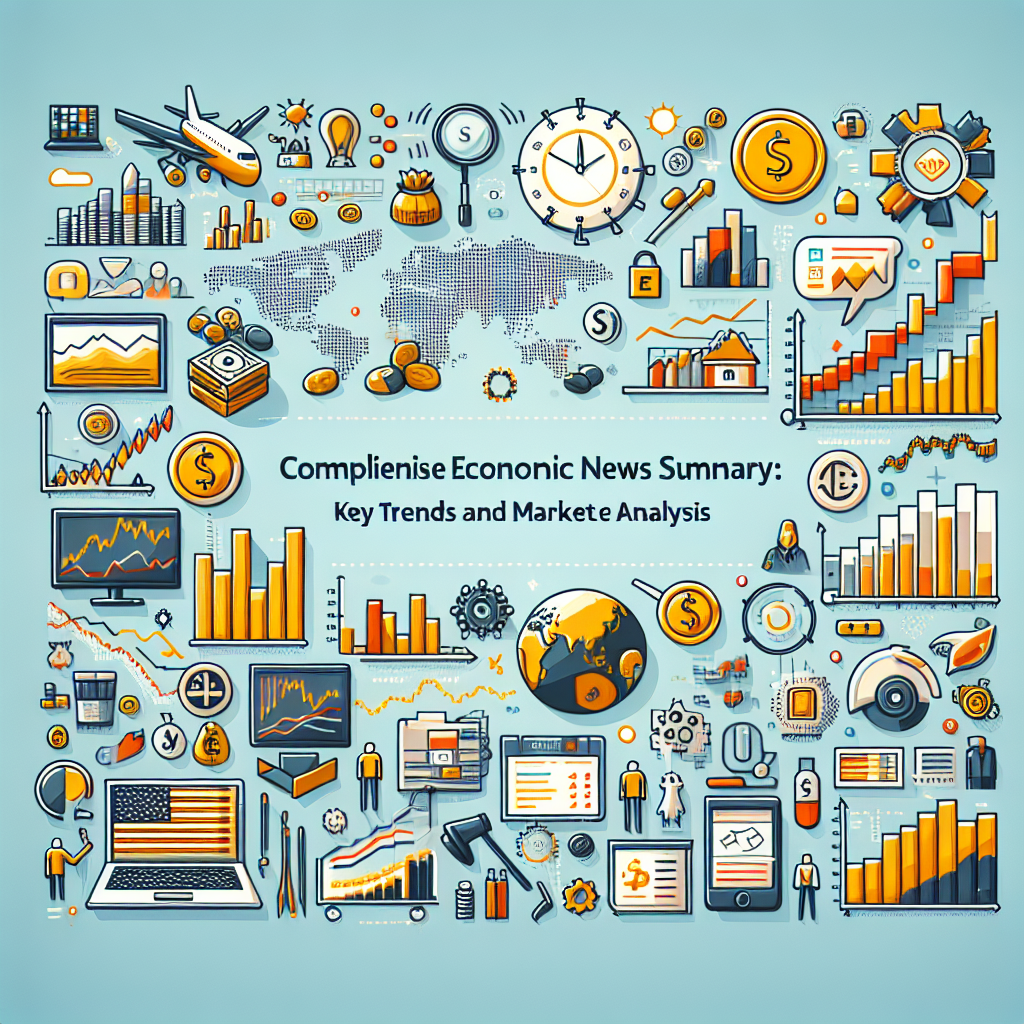Economic News Summary: Key Trends, Market Analysis, and Global Impact
Stay informed with our in-depth economic news summary, designed to provide a holistic overview of the latest developments in the global economy. In this report, we analyze recent financial market movements, macroeconomic indicators, and business trends, while highlighting essential statistics and expert insights. Whether you are an investor, policymaker, or simply interested in current affairs, this summary offers valuable perspectives on economic growth, inflation rates, employment data, trade balances, and more.
Global Economic Developments
The international economic landscape continues to evolve rapidly. According to the latest economic news summary, the global GDP growth rate is projected to moderate in the coming quarters due to persistent inflationary pressures and geopolitical uncertainties. Major economies such as the United States, China, and the Eurozone are navigating a complex environment marked by fluctuating interest rates, supply chain disruptions, and shifting consumer demand.
- United States: The Federal Reserve has maintained elevated interest rates to combat inflation, resulting in slower but steady job creation. Consumer spending remains robust, but housing market activity has cooled due to higher mortgage rates.
- China: Industrial output and retail sales are recovering following recent economic stimulus measures. However, export growth is facing headwinds amid global trade tensions and weaker external demand.
- Eurozone: The region is grappling with energy price volatility and subdued investment levels. The European Central Bank’s cautious approach to monetary policy reflects concerns about recession risks and fiscal sustainability.
Key Economic Indicators
| Indicator | Latest Value | Trend | Impact |
|---|---|---|---|
| Inflation Rate | 4.2% (Global Avg.) | Moderating | Reduces purchasing power, affects monetary policy |
| Unemployment Rate | 5.1% (OECD Avg.) | Stable | Influences consumer confidence, wage growth |
| Interest Rate | 3.75% (US Federal Funds) | Elevated | Impacts borrowing costs, investment decisions |
| Trade Balance | $-60B (US Monthly) | Deficit | Affects currency valuation, global trade flows |
Financial Market Overview
Financial markets have exhibited increased volatility amid ongoing economic uncertainty. Stock indices fluctuated significantly in response to central bank announcements and corporate earnings reports. Bond yields have risen, reflecting expectations of prolonged tight monetary policy, while commodity prices—especially energy and agricultural products—remain sensitive to supply chain bottlenecks and geopolitical risks.
Stock Markets
– US Markets: The S&P 500 and NASDAQ have experienced mixed performance, with technology and healthcare stocks outperforming while cyclical sectors face headwinds.
– European Markets: Indices such as the DAX and FTSE 100 have been range-bound, influenced by energy prices and regulatory changes.
– Asian Markets: The Nikkei and Shanghai Composite are rebounding, supported by policy easing and renewed investor optimism.
Currency Trends
The US dollar has remained strong compared to most major currencies, supported by higher interest rates and safe-haven demand. The euro and Japanese yen have depreciated, while emerging market currencies are facing downward pressure due to capital outflows and economic uncertainty.
Business and Trade Updates
Recent economic news summaries highlight notable shifts in international trade, supply chains, and corporate strategies. Trade agreements are being renegotiated to address protectionist measures and adapt to new regulatory frameworks. Major multinational corporations are investing in technology and sustainability to enhance competitiveness and meet evolving consumer expectations.
- Supply Chain: Companies are diversifying suppliers to reduce risks and improve resilience.
- Technology: Digital transformation and automation are driving productivity gains and business model innovation.
- Sustainability: Environmental, social, and governance (ESG) considerations are increasingly central to strategic planning and investment decisions.
Macroeconomic Outlook
Looking ahead, economists forecast a moderate recovery in global economic growth, contingent on the resolution of inflationary pressures and stabilization of financial conditions. The transition to a low-carbon economy, demographic shifts, and technological advancements will shape the future trajectory of economic development.
“The world economy is entering a phase of transition, where policy coordination and innovation will be crucial for sustainable growth and resilience.” — Leading Economist
Conclusion: Navigating Economic Uncertainty
Our economic news summary underscores the need for vigilance and adaptability in a complex, interconnected world. By tracking key economic indicators, staying informed on market trends, and understanding the broader macroeconomic context, stakeholders can make informed decisions that drive long-term success. Continue to monitor updates and expert commentary for the latest insights into the evolving economic landscape.




